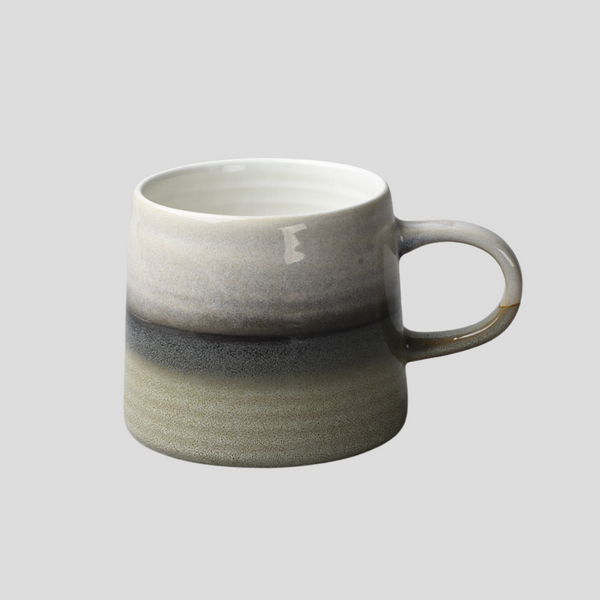
Exploring the Art of Beautiful Ceramic Plates
Ceramic plates have long transcended their functional use to become a canvas for artistic expression. The artistry in crafting these pieces blends centuries-old techniques with contemporary designs, making each plate not just a dining necessity but a piece of art. Through exploring the diverse world of beautiful ceramic plates, we can appreciate not only the immense skill involved in their creation but also the cultural significances and personal expressions they embody.
The history of ceramic plates is as old as civilization itself, with the earliest known ceramics dating back to 24,000 BC. Initially, ceramics were utilitarian, but as societies evolved, so too did the aesthetic qualities of these objects. By the time of the ancient Greeks and Romans, ceramic plates had begun to bear intricate designs, both painted and carved. The invention of the potter's wheel further revolutionized pottery, enabling more uniform and sophisticated pieces. Through the ages, different cultures around the world have contributed their unique styles and techniques to the art of ceramic making, from the fine porcelain of China to the majolica of Italy and the Talavera of Mexico.
The creation of ceramic plates involves several intricate steps, each of which can be remarkably varied according to the specific traditions or innovations of the artist or pottery. Common techniques include hand-building, wheel-throwing, slip casting, and pressing. Artists may also employ various glazing and decorating techniques to achieve desired textures, colors, and patterns. These may range from delicate brushwork and sgraffito (scratching into a surface) to elaborate underglaze and overglaze techniques.
Aesthetic considerations in ceramic plates are as diverse as the techniques used to create them. Some artists seek to achieve a minimalist aesthetic, focusing on shape and subtle glaze variations, while others may create highly detailed narrative scenes or elaborate patterns. Contemporary ceramic artists often push boundaries, incorporating unconventional materials or blending traditional techniques with modern technologies.
While ceramic plates serve a functional purpose, they also carry significant cultural, personal, and artistic value. Historically, elaborately decorated plates have been used to denote status, celebrate special occasions, or serve as religious or ceremonial objects. Today, collectors and enthusiasts seek out unique ceramic plates not just for their beauty but for the stories they tell and the traditions they preserve.
As one of the most accessible forms of art, ceramic plates offer a tangible connection to the creative impulse. They remind us that art is not just to be viewed but to be used and enjoyed in everyday life. In this way, the humble plate becomes a celebration of human craftsmanship and imagination.
The art of beautiful ceramic plates spans the gamut from ancient tradition to contemporary innovation, reflecting both the universal human impulse to create and the particular visions of individual artists. Exploring this art form opens up a world of cultural histories, artistic techniques, and aesthetic pleasures, making every plate not just an object of utility but a testament to the richness of human creativity.
Exploring the Art of Beautiful Ceramic Plates
The History and Evolution of Ceramic Plates
Crafting Techniques and Aesthetic Considerations
The Significance of Ceramic Plates beyond the Dining Table
Conclusion

















































